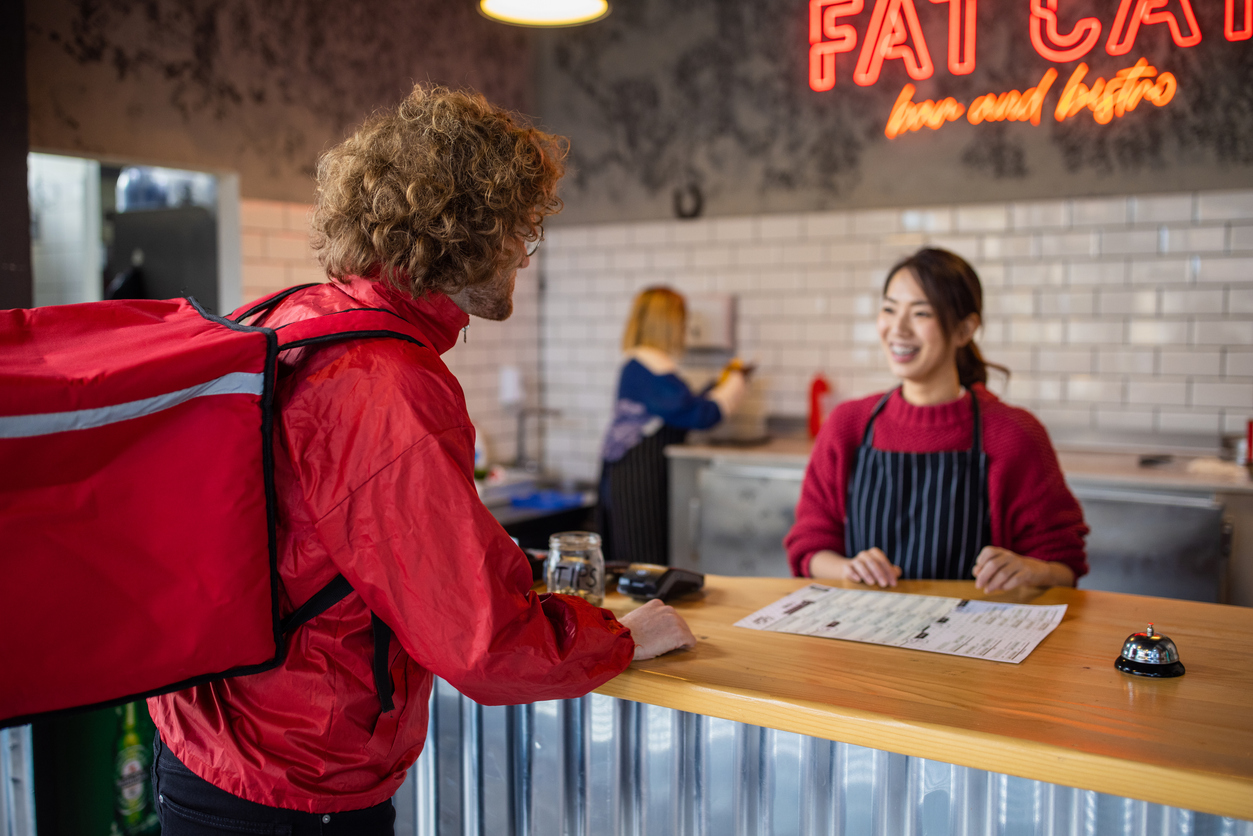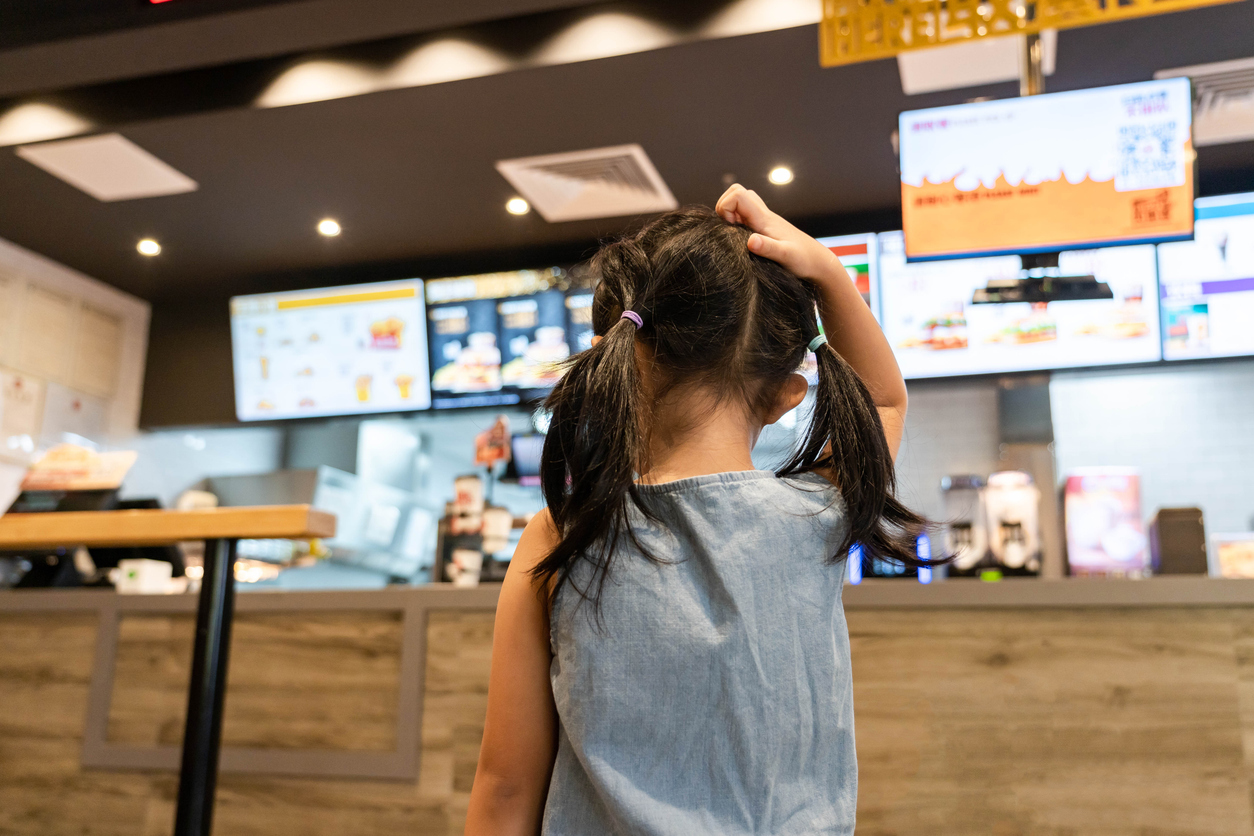Restaurants are turning to data to make smarter menu choices. They can craft menus that truly resonate with diners by analyzing customer preferences, sales trends, and seasonal ingredients. For example, a popular chain like Chipotle uses data analytics to track which ingredients are frequently ordered together, allowing them to create new menu items that appeal to customer tastes.
With the right insights, restaurants can create offerings that satisfy customers and boost profits. Data becomes a powerful tool for strategic menu improvement, ensuring that every meal is a hit.
The Role Of Data In the Restaurant Industry
The restaurant business has changed a lot with the influx of technology and data analytics. There are no successful restaurants that run on gut feelings and tradition anymore. They live their lives based on concrete data. Restaurants changed from using technology to managing their inventories, designing menus, and even servicing customers.
Data will help restaurants know their customers better and be able to anticipate trends for strategic decision-making that affect their bottom line. Be it tracking the popular dishes, understanding peak hours for dining, or knowing what seasonal preferences exist, data offers useful insights for restaurants to remain competitive and profitable.
Key Data Sources For Menu Optimization
Restaurants collect the ability to understand every aspect of a comprehensive view of their business or customer preferences, which altogether serves to form this complete view regarding what works well and what does not. Hence makes them capable of outperforming their competitors in every manner let that be seasonal dish preparation or using digital access to their advantage.
Customer Order Data
Knowing what customers order starts menu optimization. Ordering systems allow restaurants to see every order that comes in, revealing patterns in customer preference and behavior. For example, a casual dining restaurant may discover that its grilled chicken salad is a lunch item and that pasta dishes are dinner sellers.
This allows restaurants to:
- Order less of the less-popular items
- Prepare food and dishes more efficiently
- Highlight products that are more frequently ordered on the menu board
- Promotion at specific hours of the day
Sales Trend And Revenue Analysis
Sales data speaks louder than what's in vogue-it reveals what is profitable. Restaurants identify which items significantly contribute to revenues and which need an adjustment by analyzing sales trends. For example, a high-end steakhouse may find that premium cuts sell well but seafood options are more profitable due to lower food costs.
Online Reviews And Feedback
Customers have never been this accessible and valuable. Restaurants can now hear directly the opinions their customers have about the food, the service, and the overall experience. All of this information lets the restaurant know where to improve, what menu items work well, and what customers enjoy.
Customer reviews play a very important role when someone selects a restaurant over the internet, seeing positive reviews of that restaurant automatically attracts the consumer into thinking of going to that specific restaurant and trying their famous dishes.
Social Media Insights
They track conversations on current food trends, tastes, and preferences of clients through social media insights. A restaurant might notice mentions and engagement through different channels that happen within social media about certain elements and trends about which it must inform the restaurant to improve further.
Competitor Analysis
Staying aware of competitor offerings helps restaurants maintain their competitive edge. This includes monitoring:
- Pricing of the menu and special items
- Product launch ends
- Custom feedback to the competitor's dishes
- Product promotions or marketing campaigns
How Restaurants Use Data To Enhance Menus

Restaurants are increasingly relying on data to refine and enhance their menus. By leveraging insights from customer preferences, sales patterns, and market trends, explore the various ways restaurants use data to enhance their menus strategically.
Identifying Best Selling-Dishes
Clever restaurant owners keep a close eye on their sales data to identify their stars. This information determines where to place the items on the menu, what marketing to do, and how much inventory to stock. If a dish consistently sells well, restaurants will give it more prominence or develop variations to exploit its popularity.
Eliminating Low-Performing Items
Equally important to know what works is what does not. Restaurants typically evaluate menu-item performance and make tough decisions to eliminate or reformulate items that fail to meet sales or profitability expectations. Most restaurants will test options or alternatives before completely removing an item from a menu.
Seasonal Menu Changes Based On Demand
Seasonal menus are not just about having only fresh produce; they are about offering what customers want at different times of the year. Data can predict when seasonal offers can be introduced and for how long they should be presented on the menu to maximize profits.
Pricing Strategy Optimization
The right price can be set considering the perception of the customer with profitability. The restaurants can get the sweet spot that maximizes both sales and profits through pricing strategies. This might be done by considering demand, time of day, or special events.
Personalization And Customization Trends
Today's customers expect personalized experiences. Restaurants use customer data to offer customized recommendations, create special offers for regular customers, and develop menu items that cater to specific dietary preferences or restrictions.
Challenges In Data-Driven Menu Optimization
While data-driven menu optimization offers numerous benefits for restaurants, it also comes with its own set of challenges. Here are the key challenges that restaurants face in data-driven menu optimization.
Data Collection And Integration
Restaurants often collect data from various sources, including POS systems, customer feedback platforms, and social media. However, these data sources can be fragmented, making it difficult to integrate and analyze the information effectively.
To overcome this challenge, restaurants can invest in centralized data management systems that consolidate information from multiple sources. This allows for a more comprehensive view of customer preferences and sales trends, enabling better decision-making.
Data Quality And Accuracy
The accuracy of data is crucial for effective menu optimization. Inconsistent or inaccurate data can lead to misguided decisions, such as introducing a dish that customers do not want.
Restaurants should conduct regular audits of their data to ensure its quality and accuracy. This includes verifying customer feedback, monitoring sales data for anomalies, and ensuring that data entry processes are standardized.
Rapidly Changing Trends
The food industry is constantly evolving, with new trends emerging regularly. Restaurants may struggle to keep up with these changes, making it difficult to adapt their menus promptly.
To stay ahead of trends, restaurants should implement continuous monitoring of market data, social media conversations, and food blogs. This proactive approach allows them to identify emerging trends early and adjust their menus accordingly.
Balancing Innovation And Tradition
While data may suggest new menu items or changes, some restaurants may face resistance from staff or loyal customers who prefer traditional offerings. Striking a balance between innovation and maintaining beloved classics can be challenging.
Restaurants can introduce new items gradually, allowing customers to adjust to changes while still offering traditional favorites. This approach can help ease resistance and create a smoother transition to a more data-driven menu.
Implementation Costs And ROI Considerations
Implementing data-driven menu optimization can require significant investment in technology, training, and resources. For smaller restaurants, these costs can be a barrier to entry.
Restaurants can start with scalable solutions that fit their budget. For example, they can begin by using basic analytics tools and gradually invest in more advanced systems as they see the benefits of data-driven decision-making.
Adopt Data-Driven Menu Development
With Checkmate, you can simplify your multi-channel operations by instantly updating menus across all platforms. Our EveryWare powerful enterprise solution automates menu updates, pricing, and promotions, eliminating the growth constraints caused by slow integrations and inefficient processes. Don’t let outdated systems hold you back—embrace the future of menu management and watch your restaurant blossom with streamlined operations and enhanced customer satisfaction!





